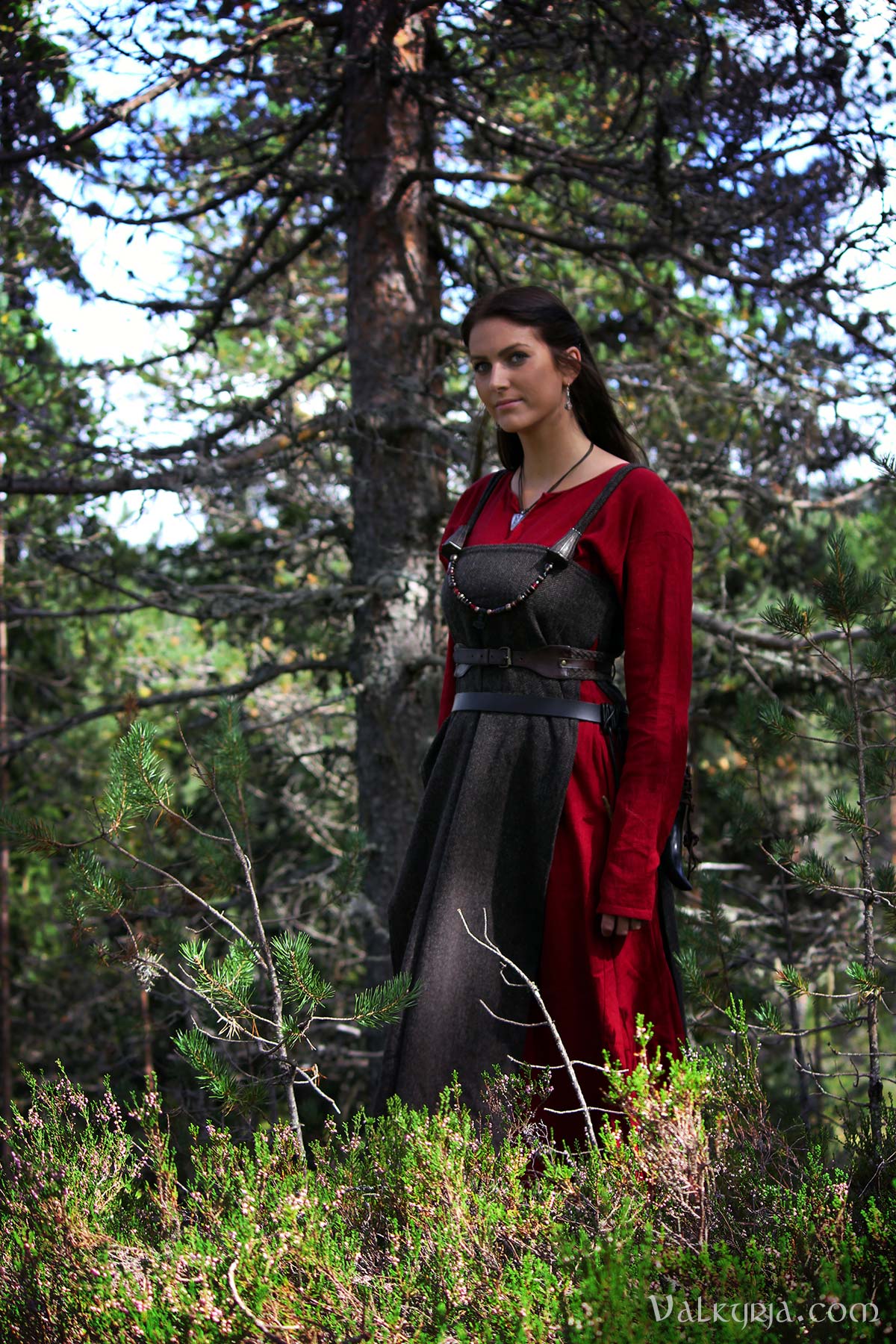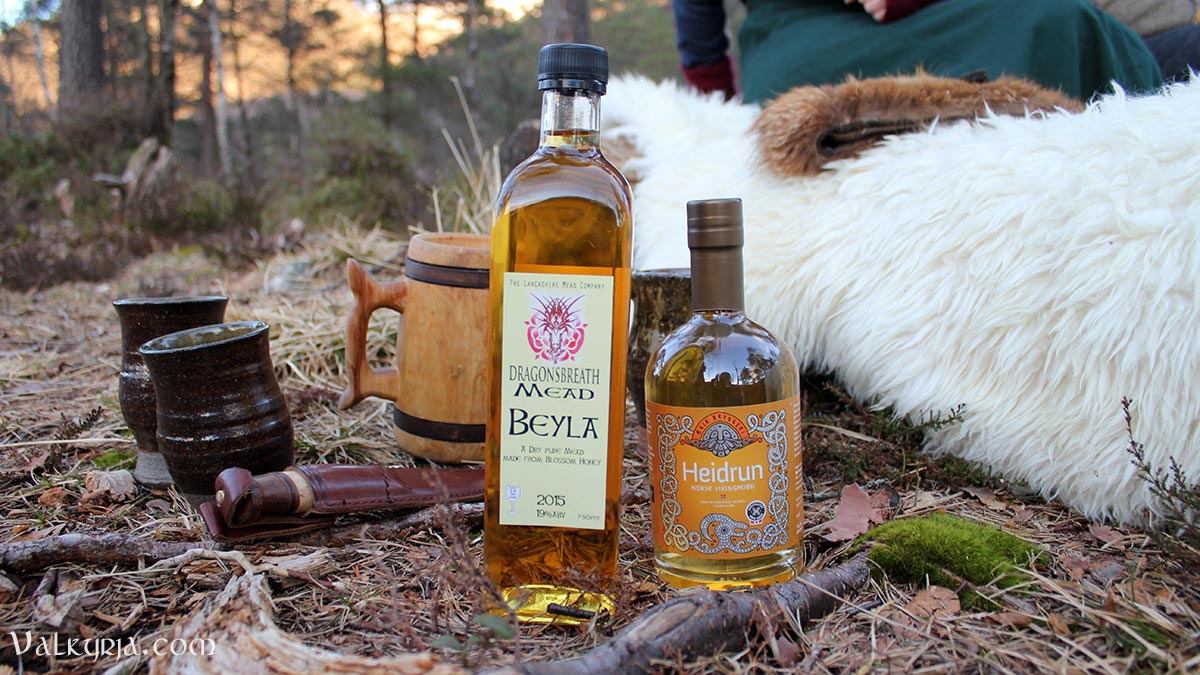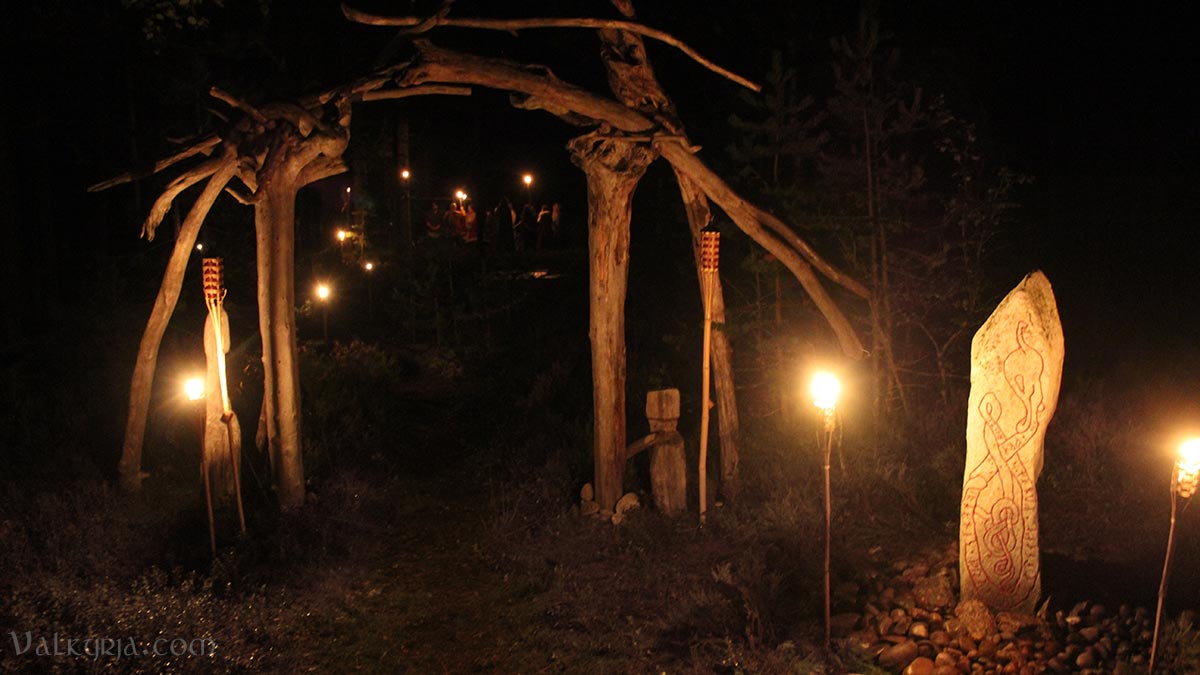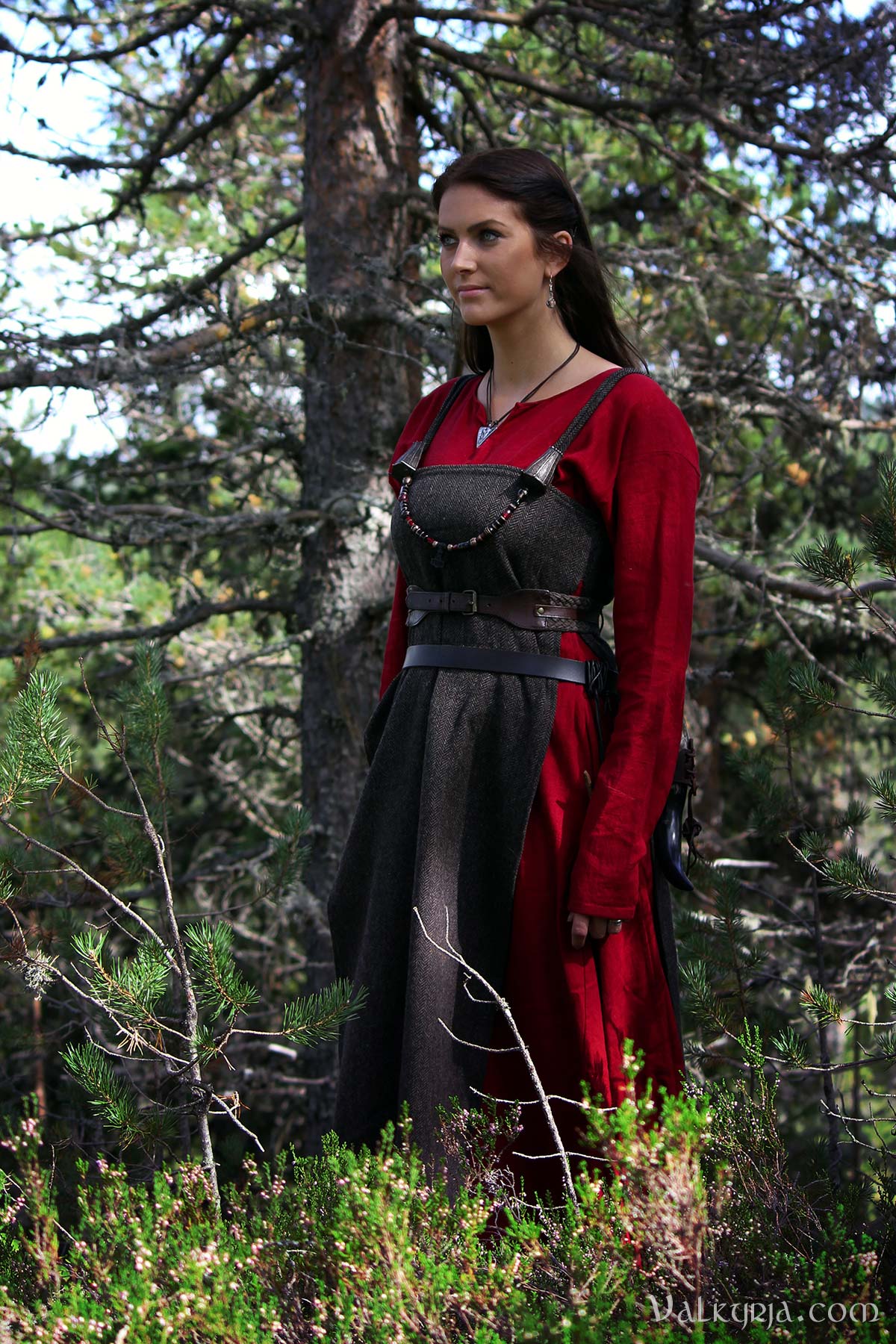|
|
|||||||||||||||
Today, one moon phase after the spring equinox, is the first summer day, according to the old Icelandic calendar! As a Viking age enthusiast with likeminded friends, I will occasionally post photos of our celebrations marking the various seasons. Some of you have written to ask me about them (and that sounds like a blog post to me). ^^ Let me tell you what I know about the four main feasts that were celebrated by our forefathers! 
The Norse calendar divided the year into two halves, the summer and the winter season, each holding six of the old months. Meanwhile, each of the four quarters of the year were times of celebration and sacrificial feasts (or in Old Norse, blóts). The months of the Viking Age are believed to have been lunar months, lasting from new moon to new moon, meaning that dates would not be exact, but vary somewhat from year to year. According to the interpretations of Nordberg (2006), the celebrations would have been held at or around the first full moon following the first new moon after the solstices/equinoxes. Based on that, the date for each blót on any given year can be determined using this method:
Sumarmál (coming of summer) 
Sumarmál marks the last days of the winter half-year, or in the days around the first day of the summer month "Harpa", which we would be entering today. Oh joy, the winter has passed, and easier times are ahead! The hens are laying eggs once again, and the ewes are giving birth to their lambs. Daylight and warmth has moved everyday life outside the house, and calls for changes in work and chores to be done around the farm. The summer was also the time for travel, trading and raids, and as stated in Ynglingasaga, it was held toward summer, for victory ("sigr"). Focusing on victory in battle, some hold the sumarmál celebration to have been held in honor of Óðinn. Others, like the Ásatru community in Iceland, point to the wider meaning of the old Norse word and celebrate victory in another sense, honoring Freyja and Frey, for the defeat of winter, for life, fertility and growth. Miðsumar (midsummer) 
The Midsummer celebration is poorly documented in historical sources, and some leave it out when counting the main blóts of the year. There is however reason to believe that a celebration took place at this time. Snorri Sturlusson mentions a midsummer blót in the Saga of Óláfr Tryggvason, and the manuscript Ágrip from approx. 1150, further mentions the midsummer celebration was replaced with Saint John's Eve during the Christianization. Midsummer was also the time of several big happenings such as the Þing (parliamentary assembly) in the Scandinavian countries, which may have coincided with religious feasts. Vetrarnætr (winter nights) 
Come fall and the end of the summer half-year, the old calendar enters winter nights which mark the start of the winter season. The winter nights is the most thoroughly documented celebration in the literature. As described in a previous blogpost about the first winter month Gormánuðr, this was the time for slaughtering, salting, smoking and otherwise preparing foods for the winter, and Ynglingasaga states that this was a celebration for a good harvest. Several sources, including Víga-Glúms saga and Egils saga discuss the Dísablót (blót for the "Dísir", female dieties), which found place at the same time, and may have been a similar and coinciding celebration, or simply be a different term for the same blót. The sources describe the celebration as a grand feast and gathering of friends. Although sources differ on when the new year commenced during the Viking Age, many have claimed that the winter nights was the entry to the new year, and it is also believed to have been a popular time for weddings. Miðvetr (midwinter) 
Midwinter was the time for the Old Norse Yule celebration. In the Saga Hákonar góða describes how the celebration would start with hökunótt (midwinter night) around mid-January, and was held for three nights. Being halfway between the first day of winter and the first day of summer, Yule was a celebration of the passing of winter and a blót for growth and a good and bounteous year. There were firmly established traditions regarding the brewing and consumption of Yule ale, and toasts were made in honor of the deities as well as for friends and family that had passed away. The celebration was later moved to conform to Christianity, which would override many of the heathen practices and blóts discussed above. Nevertheless, some things have remained, such as the fact that Scandinavians still refer to midtwinter as Jól/Yule (rather than Kristmesse/Christmas), along with the consumption of Yule-ale and traditional foods. Do you celebrate the seasons and the turning of the wheel of the year? 
Photography: Valkyrja.com # Comments |
 
|
||||||||||||||
|
|||||||||||||||
